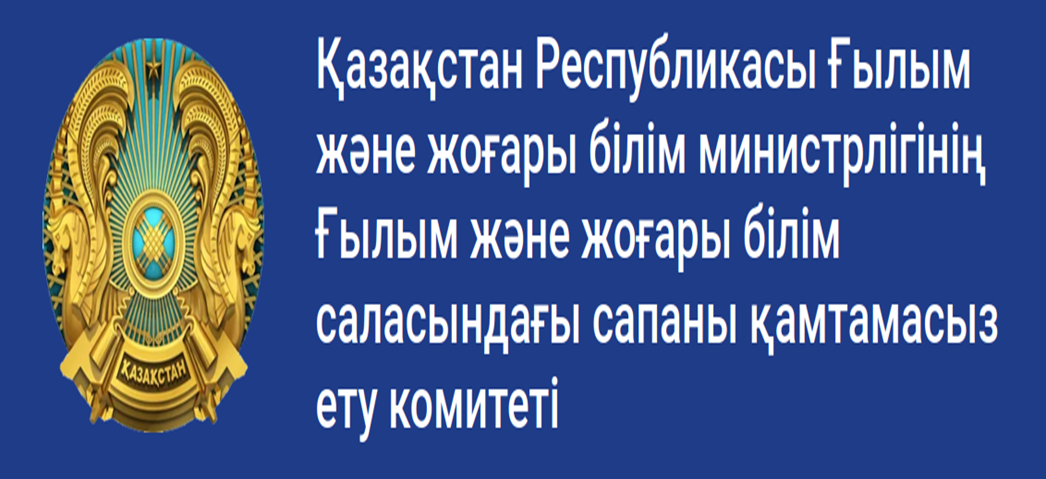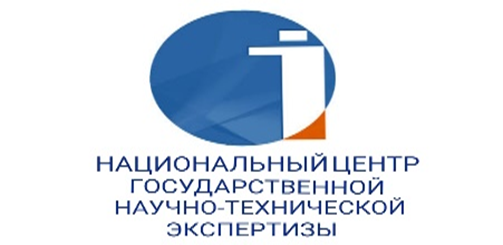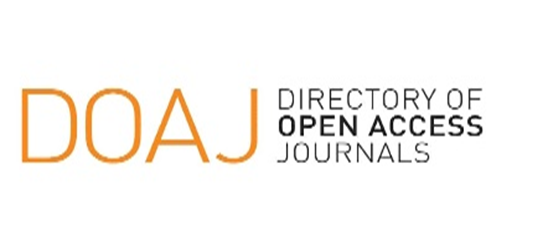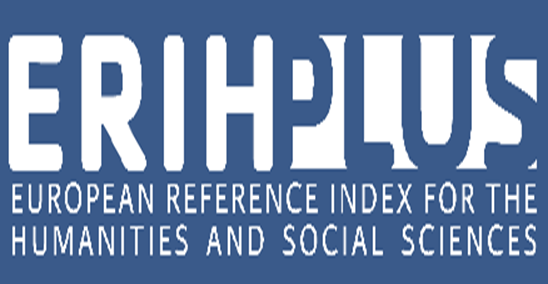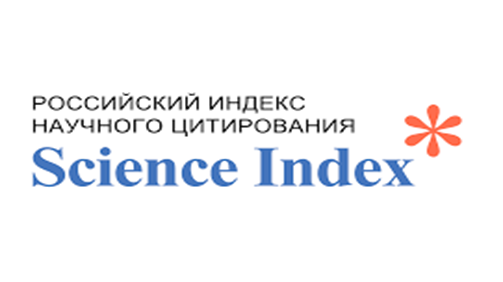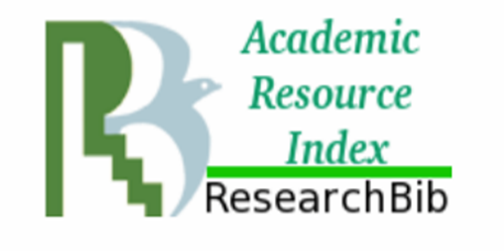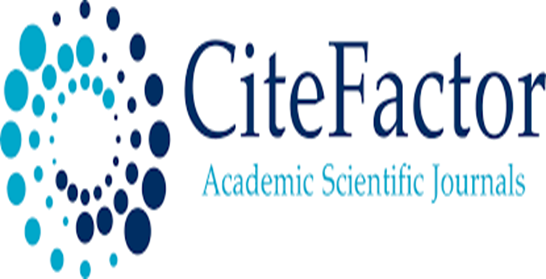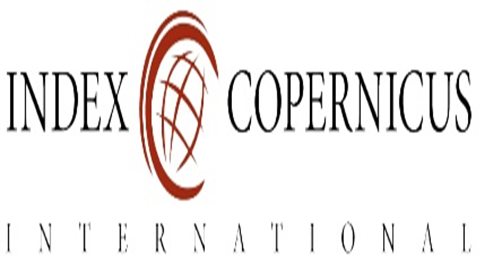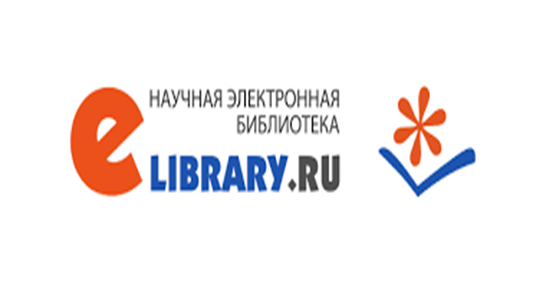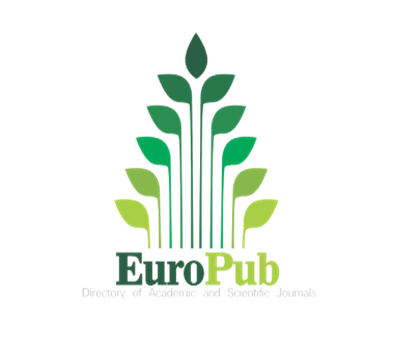«Дафтар-и Шыңғыс-нама» ескерткішіндегі ру ағашы
Қаралымдар: 401 / PDF жүктеулері: 293
DOI:
https://doi.org/10.32523/2664-5157-2023-1-20-35Кілт сөздер:
«Дафтар-и Шыңғыс-нама», «Оғызнама», рулық атрибуттар, ру ағашы, Оңтүстік Сібір мен Еділ бойы этнографиясы, лингвогеография, геоботаникаАннотация
Бұл мақаланың мақсаты – XVII ғасырда белгісіз автор жазған «Дафтар-и Шыңғыс-нама» ескерткіші негізінде Еділ бойы халықтарының ру ағаштарын талдау. Өзімнің қазіргі біліміме сүйенсем, бір мезетте рудың төрт бірдей атрибутын, яғни ағашты, құсты, таңбаны және
ұранды қамтитын басқа түркі тілдес ескерткіш маған беймәлім. Бұл атрибуттар рудың тұрақты
сипаттамалары болып саналады және осы топты өзі секілді басқа топтардан ажырата отырып, қоғамның «біздік санасын» білдіреді. Мақалада аталған атрибуттардың ішінен тек ру ағашы қарастырылады. «Дафтардағы» он алты ағаш атауы лингвогеографиялық және геоботаникалық
әдістер арқылы зерттелді. Үш ағаштың ботаникалық және географиялық тұрғыдан өте
кең таралып, бүкіл Еуразияны қамтығаны және барлық түркі халықтарына мәлім болғаны
анықталды. Төрт ағаштан тұратын басқа топ Еділ-Кама өңіріне тән болған. Бес ағаш Кавказ
алдын жерсінген, бірақ олардың лингвогеографиялық аймағы чуваш тілінен кавказ тілдеріне
дейін таралған. Қалған төрт ағаш атауларының екеуі моңғолдан, екеуі парсыдан кірме сөздер
болып шықты.
Ру ағаштарын жүйелі зерттеу арқылы кейбір рулардың тіршілік еткен қонысын, өмір салтын, сондай-ақ көші-қон бағыттарын анықтау мүмкіндігі туды. Ру ағаштарының атауларын дұрыс бағдарлау үшін мақаланың соңында ағаштардың жеке аумақтық топтары белгіленген кесте берілген. Мақала авторы Алтын Ордадағы рулық атрибуттар мен рулық жүйенің жеткілікті дәрежеде зерттелмей келе жатқанын атап өтеді.
Downloads
Әдебиет
Абдулгаффар Кырыми, 2014. Умдет ал-ахбар. Книга 1: Транскрипция, факсимиле. Серия «Язма Мирас. Письменное наследие. Транскрипция Дерья Дерин Пашаоглу; отв. редактор И.М. Миргалиев. Казань. Институт истории им. Ш. Марджани АН РТ.
Андреев И.Г., 1998. Описание средней орды киргиз-кайсаков. Алматы: Гылым. 232 с.
Әхмәтҗанов М., 1995. Татар шәҗәрәләре [Татарская генеалогия]. Казань: Tatarstan kitap
nešrejati. 127 с.
Дмитриева Юдит, 2001. Чувашские народные названия дикорастущих растений. Дебрецен. 211 с.
Исхаков Д.М., 1995. К вопросу об этносоциальной структуре татарских ханств (на примере Казанского и Касимовского ханств XV – сер. XVI вв.). Панорама−Форум 3. С. 95-107.
Кузеев Р.Г., 1974. Происхождение башкирского народа. Mосква: Наука. 570 с.
Кузеев Р.Г., 1960. Башкирские шежере. Уфа: Башкирское книжное издательство. 303 с.
Неклюдов С.Ю., 1981. Мифология тюркских и монгольских народов // Тюркологический Сборник 1971. Москва. С. 183-202.
Рашид ад Дин Фазлаллах, 1952. Джами ат таварих (Сборник летописей). Том I/1. Перевод с персидского Л.А. Хeтагурова. Редакция и примечания А.А. Сменова. Москва−Ленинград: Издательство Академии Наук. 125 с.
РД/Хетагуров → Рашид ад Дин Фазлаллах.
Сагалаев А.М., Октябрьская И.В., 1990. Традиционное мировоззрение тюрков Южной Сибири. Знак и ритуал. Новосибирск: Наука. 209 с.
Скрынникова Т.Д., 1997. Харизма и власть в эпоху Чингисхана. Москва: Восточная литература. 216 с.
Султанов Т.И., 2001. Поднятие на белой кошме. Потомки Чингисхана. Алматы: Дайк-Пресс. 273 с.
Birtalan Á., 2001. Die Mythologie der mongolischen Volksreligion. Wörterbuch der Mythologie. I. Abteilung, Die alten Kulturvölker. 7/2. H. W. Haussig (ed). Stuttgart: Klett−Cotta. P. 88-1097.
BN/Thackston → Zahiruddin Muhammad Babur Mirza
Danka B., 2019. The ‘Pagan’ Oγuz-nāmä.Wiesbaden: Harrassowitz Verlag. 377 p.
Derin Paşaoğlu D., 2014. Abdulgaffar Kyrymi, Umdet al-Ahbar. Issue 1. Transcription, facsimile. Kazan: Institut Istorii i. Š. Mardžani AN RT. 420 p.
Doerfer G., 1965. Türkische und mongolische Elemente im Neupersischen. Bd. II. Wiesbaden: Franz Steiner Verlag. 671 p.
Harva [Holmberg] U., 1922. Der Baum des Lebens. Helsinki (Annales Academiae Scientiarum Fennicae XVI). 182 p.
Ivanics M., Usmanov М. A., 2002. Das Buch der Dschingis-Legende (Däftär-i Čingis-nāmä) Band I.
Studia uralo-altaica 44. Szeged: Department of Altaic Studies, University Szeged. 324 p.
Jahn K., 1969. Die Geschichte der Oġuzen des Rašīd ad-Dīn. (Österreichische Akademie der Wissenschaften, Philosophisch-Historische Klasse, Denkschriften 100., Forschungen zur islamischen
Philologie und Kulturgeschichte IV.). Graz–Wien–Köln. 78, 7 plates, 26 facsimile.
Kargı Ölmez Z., 1996. Ebulgazi Bahadır Han: Şecere-i Terākime. Türkmenlerin Soykütüğü. Ankara:Simurg. 559 p.
Kőhalmi U.K., 1999. Die Mythologie der Mandschu-Tungusischen Völker. Wörterbuch der Mythologie. Götter und Mythen in Zentralasien und Nordeurasien, 7 (1), E. Schmalzriedt & H. W. Haussig (eds). Stuttgart: Klett-Cotta. P. 1-170.
Ögel B., 1971. Türk Mitolojisi. Cilt 1. Ankara: Türk Tarih Kurumu. 657 p.
Rashiduddin Fazlullah, 1998–1999. Jamiʿu’t tawarikh. Compendium of Chronicles. A History of
the Mongols I-III. Translated and Annotated by W. M. Тhackston. (Sources of Orien tal Languages &
Literatures 45. Central Asian Sources IV). Part I. Cambridge: Harvard University. 240 p.
RD/Jahn → Jahn.
RD/Тhackston → Rashiduddin Fazlullah.
Róna-Tas A., Berta Á., 2011. West Old Turkic: Turkic Loanwords in Hungarian. With the assistance of László Károly. Part I: «A–K». (Turcologica 84.). Wiesbaden: Harrassowitz. 618 p.
Roux, J.P., 1999. Die alttürkische Mythologie. Wörterbuch der Mythologie. I. Abteilung, Die alten
Kulturvölker 7/1. E. Schmalzriedt & H. W. Haussig (eds). Stuttgart: Klett-Cotta. P. 175-277.
Steingass F., 1930. A Comprehensive Persian-English Dictionary. London: Rutledge–Kegan Paul.
p.
Tekin T., 1993. Irk bitig. The Book of Omens. Wiesbaden: Harrassowitz. 132 p.
Zahiruddin Muhammad Babur Mirza, 1993. Baburnama. I‒III. Turkish Transcription, Persian Edition and English Translation by W. M. Thackston, Jr. (Sources of Oriental Languages & Literatures 18.) Cambridge Mass.






